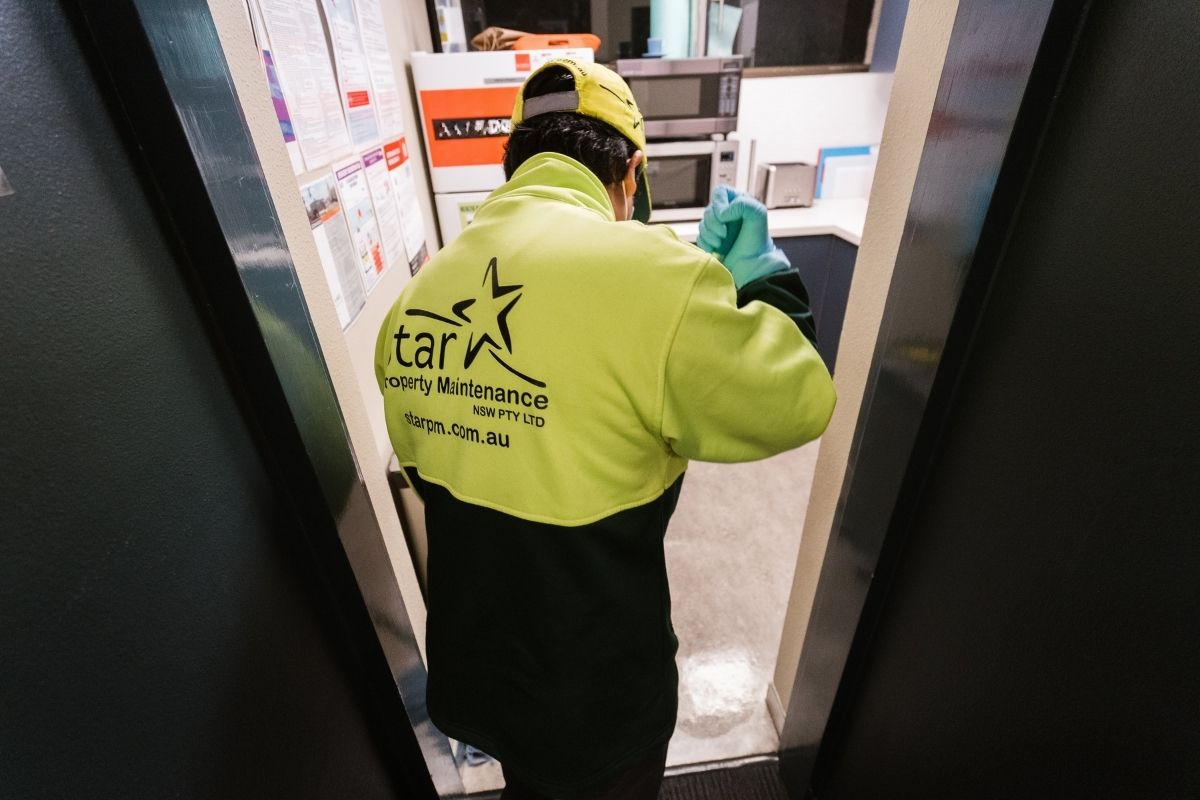It’s no surprise to everyone that within the last 12 months or so the world has changed significantly. The outbreak of Covid-19 has forced a number of different businesses and industries to create temporary changes that might actually become a permanent fixture in the future.
While many of the working population will eventually return to working from traditional office spaces, those offices may be very different places with every different design consideration and ways of operating.
Here we are going to discuss some of the changes that we believe you as the employer should consider before getting your employees back in the office.
Office Design and Layout
There a universal idea about what a typical office environment looks and feels; that being a mixture of meeting rooms, shared common areas and cubicles. Although throughout the decades the stereotypes have changed slowly, they may be a big push to change this completely to suit the post-COVID world.
Companies could create workspaces specifically designed to support the kinds of interactions that cannot happen remotely. If the primary purpose of a company’s space is to accommodate specific moments of collaboration rather than individual work, for example, should a large majority of the office be devoted to collaboration rooms? Should companies ask all employees who work in cubicles, and rarely have to attend group meetings, to work from homes? If the purpose of office space is purely for individual work, can companies still justify the reason for their employees to come to the office?
One change companies should enforce is having fewer chairs and desks in a given area, this will allow for safe social distancing. In addition, having partitions/shields in between desks, spaced seating, and sufficient air ventilation will also be a big help in reducing the chances of getting COVID-19.
In the present and future, technology is playing a central role in enabling employees to return to office buildings and to work safely before a vaccine becomes widely available. Companies will need to manage which employees can come to the office, when they can enter and take their places, how often the office is cleaned, and if they are remaining sufficiently far apart as they move through space.
To maintain work efficiency, collaboration, and corporate culture, the boundaries between being physically in the office and out of the office must collapse. For example, virtual meetings could be a good idea, as not everyone needs to physically be in the room to still attend meetings, some can join online.
Working at the office Vs Flexible arrangements
It is almost certain that most office-based companies will have some sort of flexible working arrangement in the near future. In many cases, companies were already transitioning towards flexible arrangements, and this process was only accelerated by the onset of COVID-19.
Woods Bagot one of Australia’s top architectural and consulting practices propose an idea where only a segment of the workforce is at the office at any given time.
JLL and Woods Bagot both suggested more companies should split their staff into ‘teams’, with one team working at the office on certain days, and another team working at home. This will limit the number of occupants in the building at any given time.
Others will offer the opportunity to work from home permanently, with hubs available as “touch-base spaces”. According to McKinsey research, 80 per cent of people enjoy working from home. Forty-one per cent say that they are more productive than they had been before and 28 per cent that they are as productive.
Office cleaning and maintenance
If your company has decided that there is still a need for an office, it is pivotal that they look into possibly completely changing how the office is cleaned and maintained.
“it’s recommended that surfaces should be cleaned at least daily. Special attention should be given to frequently touched surfaces (e.g. tabletops, door handles, light switches, desks, toilets, taps, TV remotes, kitchen surfaces and cupboard handles). Ideally, once clean, surfaces should also be disinfected regularly. Alternatively, you may be able to do a 2-in-1 clean and disinfection by using a combined detergent and disinfectant.”
According to the Safe Work of Australia website;
So it’s important that you hire companies such as Star Property Maintenances that are equipped and ready to meet the requirements of proper COVID sanitation.
Conclusion
As employers experiment with bringing their employees back to offices, the leadership must act now to ensure that when they return, workplaces are both productive and safe. In hindsight, there will always be a need for a “Central Office” but the current purpose/definition of having one will change in the near future.

